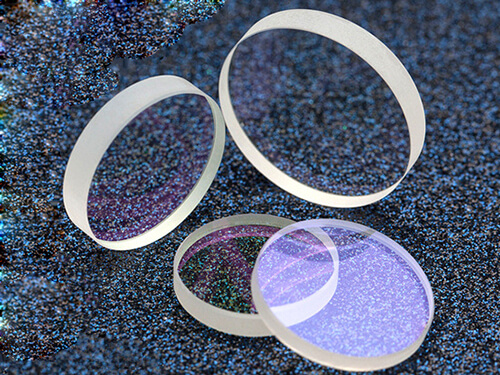Optical glass plays a crucial role in various industries, from camera lenses to eyeglasses.
To improve the performance of optical systems, manufacturers utilize a technique known as anti-reflection coating.
In this article, we will delve into the principle behind optical glass anti-reflection coating, its benefits, and its applications.
What is Anti-Reflection Coating?
Anti-reflection (AR) coating is a thin layer applied to the surface of optical glass components to minimize reflection and increase light transmission.
It works by reducing the amount of light reflected at the glass-air interface, resulting in improved clarity, contrast, and overall optical performance.
The Principle of Anti-Reflection Coating?
The principle behind anti-reflection coating lies in the interference of light waves.
When light passes through a glass surface, a portion of it is reflected back due to the difference in refractive indices between air and glass.
This reflected light causes unwanted glare and reduces the amount of light transmitted through the glass.
Anti-reflection coatings are designed to minimize the reflected light by manipulating the interference of light waves.
By applying a thin layer with a specific refractive index onto the glass surface, the coating can alter the behavior of incoming light waves.
This alteration leads to destructive interference between the reflected waves, resulting in reduced reflection.
Multilayer Coating Design:
Anti-reflection coatings are typically composed of multiple thin layers of materials with different refractive indices. These layers are carefully designed to create a gradual transition in refractive index from air to glass, minimizing the reflections across a specific range of wavelengths.
The thickness and refractive index of each layer are precisely calculated to maximize the destructive interference of reflected light. The goal is to create a coating that cancels out the reflections at the desired wavelength or range of wavelengths, providing a significant reduction in reflection and improving the overall optical performance.
Benefits and Applications:
Anti-reflection coatings offer several benefits, including:
1) Enhanced light transmission: By minimizing reflection, more light can pass through the glass, resulting in increased brightness and clarity.
2) Improved contrast: Reduced glare and internal reflections enhance contrast, allowing for sharper and more detailed images.
3) Increased durability: Some anti-reflection coatings can also provide a protective layer, making the glass surface resistant to scratches, smudges, and dust.
The applications of anti-reflection coating are diverse, including:
1) Camera lenses and optical filters: AR coatings improve image quality, reduce lens flare, and enhance the overall performance of optical systems.
2) Eyeglasses and sunglasses: Coated lenses reduce glare and provide clearer vision.
3) Display screens: AR coatings on screens minimize reflections, resulting in better visibility and improved user experience.
4) Solar panels: Anti-reflection coatings increase the efficiency of solar panels by allowing more light to reach the photovoltaic cells.

Optical glass anti-reflection coating is a powerful technique that significantly improves the performance of optical systems.
By reducing reflection and enhancing light transmission, AR coatings provide clearer images, increased contrast, and improved user experience across various applications.
Understanding the principle behind anti-reflection coatings helps us appreciate the advancements in optical technology and their impact on our daily lives.